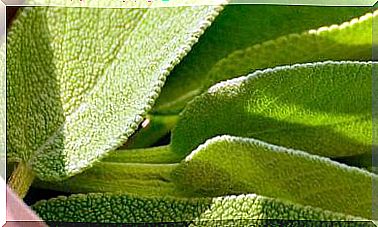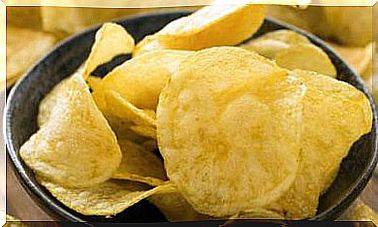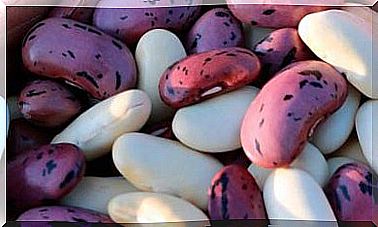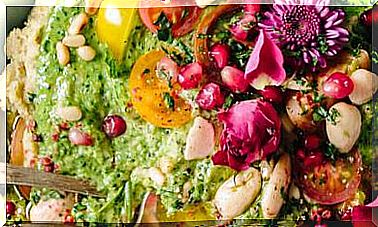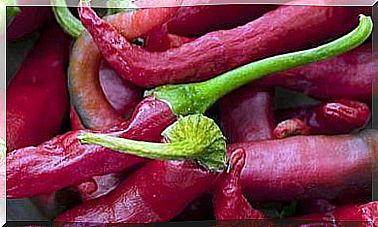5 Strategies To Tone The Body And Mood When It’s Cold

The best protection against cold is to adapt to it gradually, without fear. It is a mistake to bundle up excessively and remain inactive. At the same time, there are some strategies that can help us prepare the body to fight the cold and adapt to it without affecting our health.
1. Good supplements for defenses
Some dietary supplements can help prevent or improve infections.
- Magnesium. To reap the benefits of magnesium, a cure can be made in early fall. It is about drinking half a glass of mineral water to which magnesium chloride (20 g per liter) will have been added, preferably on an empty stomach and for about two or three weeks. This stimulates the immune system. At first it can cause mild and short diarrhea. It is contraindicated in renal failure and hyperchlorhydric dyspepsia.
- Vitamin C. As a preventive measure, it will be enough to take 500 to 1,000 mg a day during autumn and winter. In the case of flu symptoms, the dosage can be increased to 1,000 mg every eight hours, for several days, which shortens the duration of the process.
- Garlic. Improve defenses. It is recommended that people with low resistance to infections take between two and three cloves of garlic a day or its equivalent in capsule or pearl form with its oil. This presentation in the form of a supplement avoids the strong smell of its raw consumption.
2. Mists to clear the airways
This healthy and simple technique is very useful for respiratory tract disorders. Vaporization – breathing in very hot water vapors – helps decongest the upper airways.
If plants or essential oils are added , the therapeutic effect increases: the steam loaded with active ingredients acts on the respiratory system and even indirectly on other parts of the body.
How to do a vaporization?
An inhaler or the classic home system can be used – a bowl into which boiling water is poured along with the chosen product. Leaning over the container, he covers his head with a towel and breathes in the steam for about 10 minutes.
Some precautions should be taken, such as avoiding breathing cold air right afterwards. For flu, sinusitis and bronchitis. For one or two weeks, and at the rate of 2 or 3 daily inhalations, one tablespoon of the following mixture is added to the boiling water:
- 1 drop of lavender essential oil (AE)
- 2 AE of pine needles
- 2 thyme AE
- 4 g of Eucalyptus AE
- 150 ml of 90 ° alcohol (the mixture will last 2-3 days).
Here are other therapeutic vapes for the cold months.
3. Vitamins and minerals
They should not be missing in your diet:
- Vitamin A: helps to keep the mucosa of the respiratory tract in good condition and can be found in orange vegetables such as carrot, sweet potato, apricot, pumpkin.
- Group B vitamins: protect against infections and are abundant in brewer’s yeast, wholemeal flours and nuts.
- Vitamin C: antioxidant action, its lack is associated with less resistance to infections. Citrus fruits, kiwi, tomato and peppers are rich in it .
- Vitamin E: prevents the proliferation of viruses, relieves stress and contributes to the defenses not diminishing with age. In virgin oils, whole grains and seeds.
- Vitamin D: has a regulatory effect on the immune system. For the body to synthesize it, it is necessary to be exposed to the sun.
- Magnesium: it is one of the best agents to increase the immune power. Nuts, seeds and cereals, as well as other vegetables, ensure a good supply of this mineral.
- Selenium: its deficiency can transform a benign virus into a malignant one and these are some of the symptoms that indicate that you are lacking selenium. In chronic infections, doses of 50 to 200 micrograms per day are recommended. Its best sources are: brewer’s yeast, seaweed, wheat germ, garlic, onion, and cabbage.
- Zinc: plays a decisive role in balancing the metabolism and strengthens the defenses. A supplement of 15 mg daily is recommended, or even double in the case of low resistance to infections. It is found in whole grains, brewer’s yeast, and broccoli.
4. Exercises that tone the body and mood
Due to the cold and the decrease in sunlight, autumn and winter cause in some people a lack of vital heat on a physical level, or also sadness and psychological languor. The following exercises help to regain better tone.
- Yogic breathing. Ayurvedic medicine in India recommends “breath of fire”, which strengthens the lungs, especially in cold weather. It consists of inhaling normally, then exhaling with force through both nostrils, first with a slow rhythm that accelerates and gives rise to a sound similar to that of an old locomotive. Do a round of 30 exhalations, rest for a minute and start again. 5 rounds can be done in the morning and another 5 in the afternoon.
- Anti-fatigue ride. You have to try to walk for half an hour to an hour a day, calmly, breathing deeply. You can also take a leisurely walk for a hundred steps, run gently for 25 strides, and start over. This simple walk, repeated three or four days in a row, stimulates and balances the nervous and circulatory system.
- Morning gymnastics. If in the morning you do not have the time or the courage to do a real gymnastic table, you can do the following exercise: with your hands on your hips, jump slightly over the same place, with your feet together, for three minutes. You have to jump as high as possible by flexing your calves and landing on your toes again. Then the whole body is rubbed with warm water.
- Rub the skin. You can also rub with a horsehair glove until the skin becomes slightly red, insisting on the lower part of the back, through which nerves of vital importance for the general well-being of the organism pass.
5. Treat colds with homeopathy
These remedies for the common cold or coryza are chosen based on symptoms. You can use a power of 5Ch, at a rate of 3 granules three times a day (if there is fever, even more times a day), spacing the shots as you improve.
- Aconitum. Suitable in the initial stages, when there is fever without sweating and the cause is a sudden chill due to cold and dry wind. There is usually anxiety and thirst.
- Allium cepa. For acute coryza with copious, watery nasal discharge that irritates the exit of the nostrils. It is usually accompanied by non-irritating tearing and frequent sneezing.
- Arsenicum album. Copious and excoriating watery discharge, stuffy nose and burning in the nostrils. Thirst for small sips. Worse at night, with restlessness.
- Mercurius solubilis. The nasal discharge is yellow-green, even purulent. Worse at night. There is great night sweat, bad breath, and excess saliva.
- Pulsatilla. Thick, yellowish and non-irritating nasal discharge, with obstruction worse in the evening and in heated rooms. There is usually sneezing, loss of taste and smell, without thirst.

